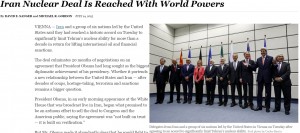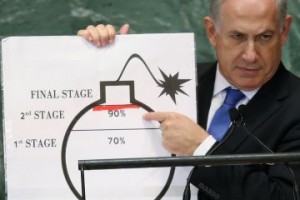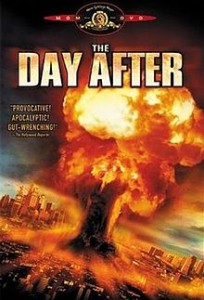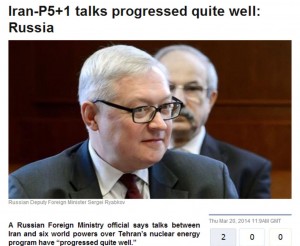Jahn’s AP Report Was Wrong. Was He Manipulated or Did He Intend to Mislead?
On August 19, AP’s George Jahn set off a firestorm of controversy when he published an article on how Iran’s Parchin site would be inspected as part of the P5+1 agreement reached earlier on Iran’s nuclear technology. Iran deal opponents jumped onto the story instantaneously and quickly claimed that Iran would be doing its own inspections of the Iran site.
In the intervening time, much has happened on the issue of the story and Jahn’s reporting of it. Jahn claimed to base the story on a draft of an agreement between the IAEA and Iran on how the inspections would take place and AP even eventually published what it said was a hand transcription of the document shown to Jahn. The link I used in my original post now goes to a short “correction” of Jahn’s story.
On August 20, I wrote a post with the title “Washington Shocked! Shocked That AP’s George Jahn Is a Tool for Iran Deal Opponents“. Based on several years of reading and commenting on Jahn’s reporting on Iran’s nuclear technology and the diplomacy surrounding it, I pointed out how the article fit Jahn’s usual pattern of being told something by “diplomats”, with that something always seeming to put Iran in the worst possible light. In other words, his stories usually consist of him being used as a tool to put out information that makes Iran look bad.
Today, we have a story from Louis Charbonneau and John Irish of Reuters that informs us (via diplomats, presumably not the ones Jahn listened to) that IAEA inspectors will in fact be present when Iran takes samples from the Parchin site, so Iran will in no way be inspecting itself:
United Nations inspectors will be present with Iranian technicians as they take samples from a key military site, two Western diplomats said, undercutting an objection by U.S. Republicans to the nuclear deal between Iran and world powers.
Irish and Charbonneau waste little time in pointing out that Jahn was wrong:
An August report by the Associated Press, in its original version, said the agreement on Parchin suggested that IAEA inspectors would be barred from the site and would have to rely on information and environmental samples provided by Iranian technicians. The AP later published what it said was the text of an early draft of the agreement that remains unconfirmed.
The report was seized on by Republicans in the U.S. Congress as proof that President Barack Obama’s administration gave in to Iran on the sensitive issue of inspections to check on Tehran’s suspected ambition to build a nuclear bomb.
Iran says its nuclear programme is entirely peaceful.
IAEA chief Yukiya Amano rejected the report as “a misrepresentation”, though he declined to provide details of what some Republicans described as a “secret side deal” between Iran and the IAEA on Parchin. Amano said on Aug. 20 that the arrangements with Iran were technically sound.
If we want to go as far as we can to see how Jahn could have been acting in good faith, it is worthwhile to concentrate on the fact that he said from the start that the document he was shown was an early draft of the agreement between the IAEA and Iran. Then, when we get to this in the Reuters report, we can see that perhaps the IAEA inspectors being present was a later addition (or a filling in of detail as Cheryl Rofer seems to suggest) to the agreement:
But the Western diplomats told Reuters that while Iranians would be allowed to take the samples themselves, the agency’s inspectors would be physically present and would have full access to their activity.
“There was a compromise so the Iranians could save face and the IAEA could ensure it carried out its inspections according to their strict requirements,” said one of the diplomats.
If Jahn was shown a document that differed so substantially from the final arrangement, it is at least possible that he was completely manipulated by whoever showed him the document. He can save a considerable amount of face by publicly identifying who brought the document to him. His promise of confidentiality should not apply to information that turned out to be false. If he stands by his reporting, however, then we must seriously consider that he intentionally put Iran in the worst possible light and assumed he would never be called out on it.






